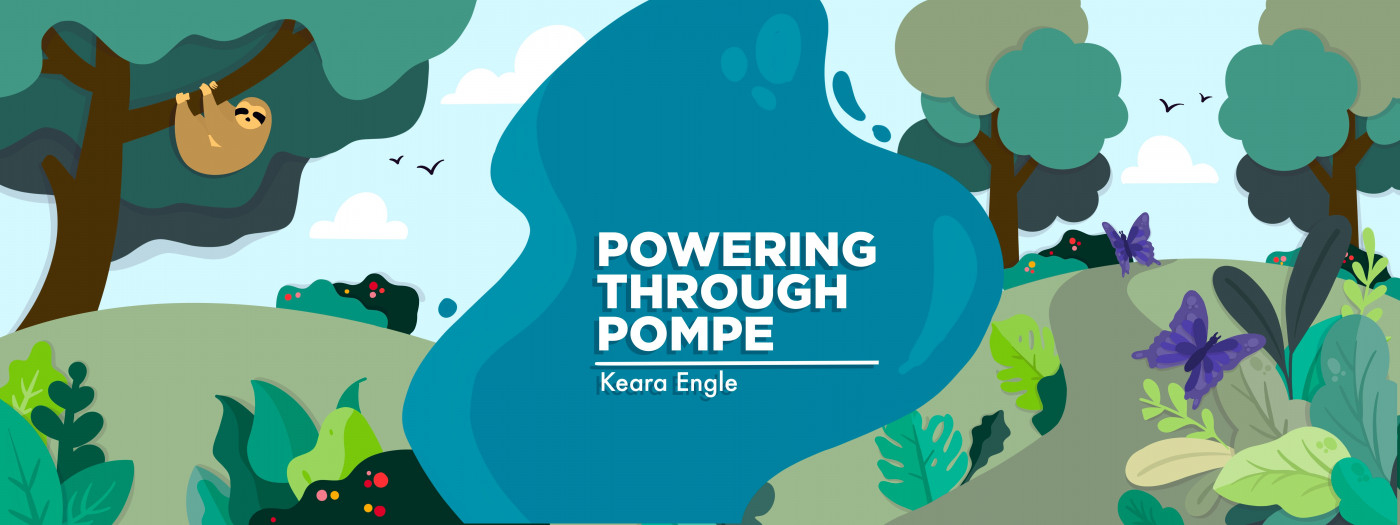Potty Training My Special Needs Child

Last week, I started the dreaded process of potty training my son, Cayden, who turns 4 years old next month. I realize we started this process a bit later than most parents do, but we have our reasons.
Cayden has infantile-onset Pompe disease. Some of the symptoms include muscle weakness and trouble with speech. Cayden can’t just get up and run to the bathroom like most kids his age. He also can’t verbally tell me when he needs to go.
Aside from the symptoms, he’s been through a lot more in his life than even many adults have. Cayden has been hospitalized more times than I can count. He’s also had multiple surgeries that have required weeks of recovery time. All of these things have made potty training a true challenge.
I was unsure about how or when to start this process, so I began doing a lot of research. I read various websites with information geared toward potty training special needs children, as it’s a bit different than potty training a child without special needs. I also began to look for cues that Cayden was ready to start using the potty.
One of the biggest things I noticed was that he had started to pat at his diaper when he needed to be changed, and would actually take it off if he didn’t have pants on. Both of these are huge indicators that a child is ready to begin the potty training process.
We began this process slowly and steadily. I started putting him on the toilet shortly after he received a tube feed with his gastrostomy tube. This is helpful because of gastrocolic reflex, which is the body’s natural reaction of having a bowel movement shortly after eating.
The first few times I placed Cayden on the toilet, he was scared and would whine and cry. He didn’t end up actually going, which was OK! I just wanted him to get used to the idea and the experience. However, after the first few times, he did begin to go. We immediately clapped and celebrated with a potty dance to show him what a great job he did.
While it’s a work in progress, progress is still being made. I choose to still keep diapers on Cayden because I’m not expecting him to use the toilet every time he has to go. This is sometimes frowned upon during the potty training process, but I know that there’s no right or wrong way to do this.
I have accepted the fact that it won’t be as easy as potty training a child without special needs, and that we may have to do some things a bit differently. But I’m fine with that!
Note: Pompe Disease News is strictly a news and information website about the disease. It does not provide medical advice, diagnosis, or treatment. This content is not intended to be a substitute for professional medical advice, diagnosis, or treatment. Always seek the advice of your physician or other qualified health provider with any questions you may have regarding a medical condition. Never disregard professional medical advice or delay in seeking it because of something you have read on this website. The opinions expressed in this column are not those of Pompe Disease News, or its parent company, BioNews, and are intended to spark discussion about issues pertaining to Pompe disease.








Comments
Richard Poulin
Ours is also a work in progress, but we are almost there. I am so proud of her accomplishments and I can relate to doing the potty dance. Cayden acknowledging needing to go by patting his diaper was a great first step, and when our daughter finally did this I knew we were finally getting close to success. We added her favorite books to the bathroom and rewarded her with a potty snack each time she went successfully.